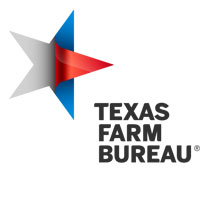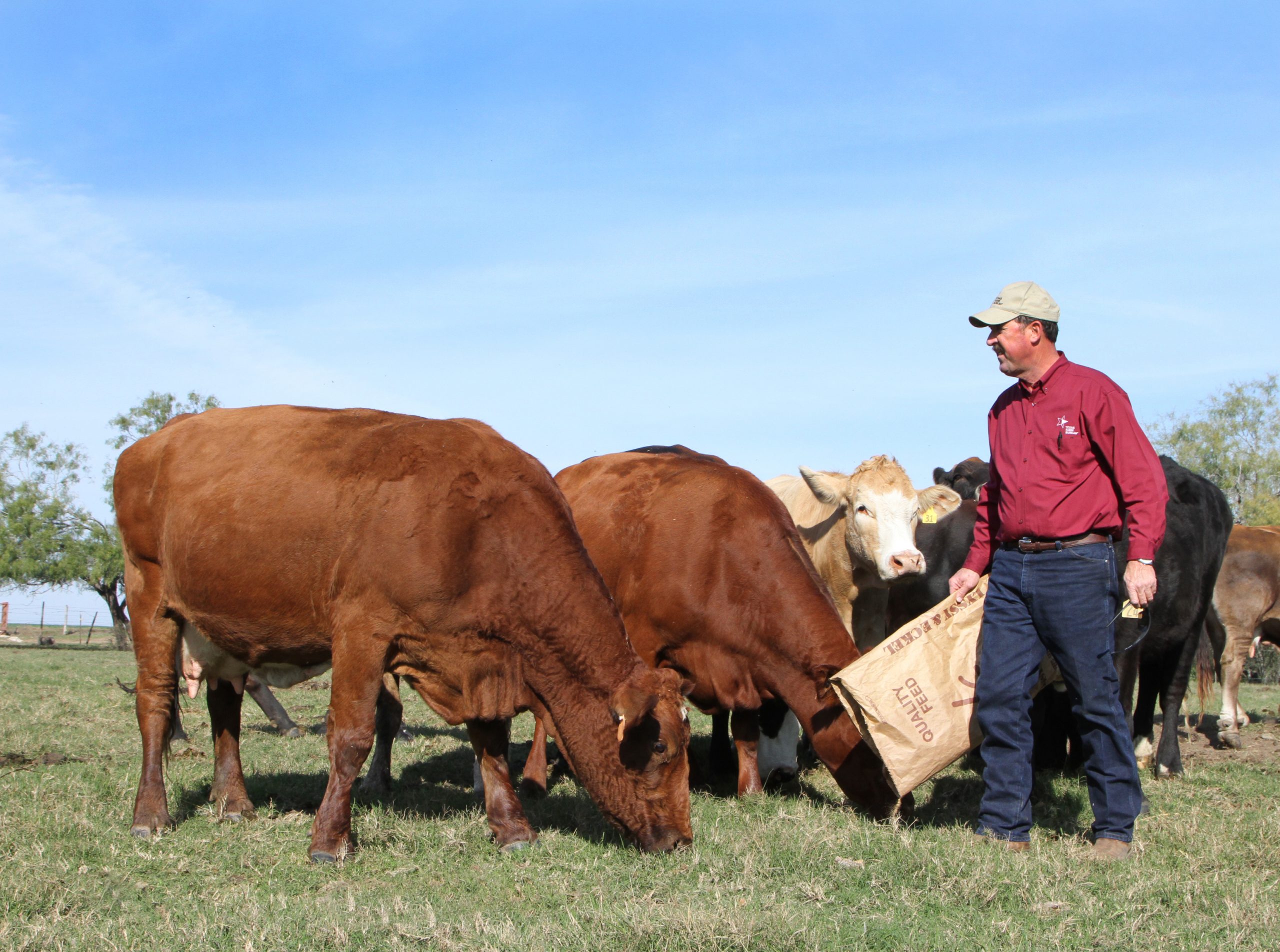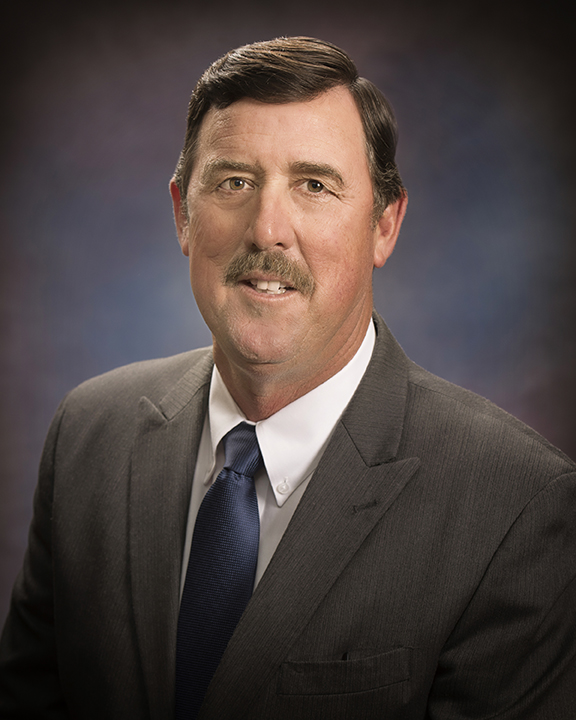Farmers, consumers feel the squeeze of inflation
By Russell Boening
Texas Farm Bureau President
Texas farmers and ranchers are paying more at the grocery store, just like everyone else. We see the higher cost of food.
The numbers tell the story. The price for groceries jumped 1.4% in February and 8.6% over the past year, the Bureau of Labor Statistics reported.
The increases seem a bit high? They were. The monthly increase was the largest in about two years, but the 12-month increase was the biggest since the period ending April 1981.
It all helped drive an overall hike in the Consumer Price Index of 7.9% over the past 12 months, also the largest in 40 years.
Dollars are being stretched. It’s not an easy time for anybody.
The common assumption is that farmers and ranchers must be benefitting from the higher prices at the grocery store.
Not so much.
For every dollar American consumers spend on food, U.S. farmers and ranchers earn just 14.3 cents, according to the most recent report released by the U.S. Department of Agriculture's Economic Research Service.
The farm share of the food dollar is the share received by farmers from the sales of raw food commodities. The marketing share (85.7 cents) is the remainder accruing to food supply chain industries involved in all post-farm activities that culminate in final market food dollar sales.
The increase in food prices we’re seeing now at the grocery store are reflections of higher expenses in the food supply chain beyond the farm and ranch gate. The increased costs range from energy to labor to raw materials.
Always remember that entities beyond the farm and ranch can pass their higher costs of business to the consumer.
Farmers and ranchers cannot.
The higher costs for fuel, fertilizer, water, equipment, seed and crop protection chemicals being paid by the farmer and rancher are absorbed by the farmer and rancher. The slim margins of profit shrink as each price increase is absorbed.
The quote from President John F. Kennedy still holds true nearly 60 years later, "The farmer is the only man in our economy who buys everything at retail, sells everything at wholesale, and pays the freight both ways."
It’s a perilous time for U.S. agriculture. Production expenses are forecast to increase 5.1% this year. This follows a 9.4% increase in nominal expenses in 2021.
Some production inputs, such as fertilizer, are 200-300% higher in price than a year ago.
The extremely high costs are not sustainable. How many businesses can absorb these types of increases?
As an agricultural economics graduate of Texas A&M University, I understand the financial dynamics and risks of modern agriculture. It doesn’t make it any easier, though, to withstand the headwinds of today’s economy.



